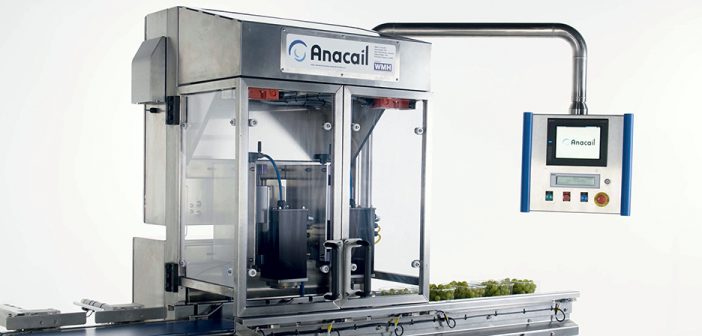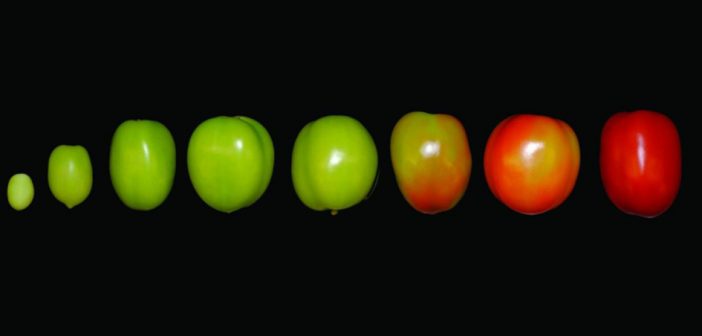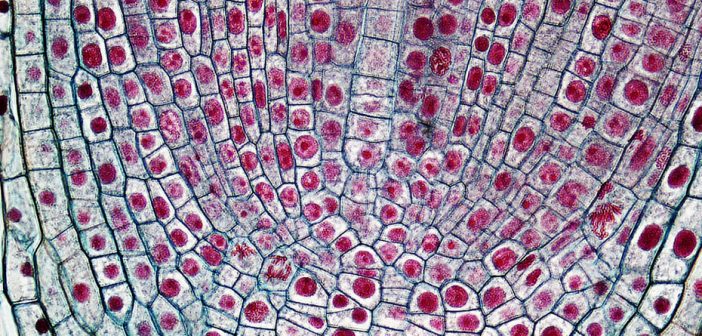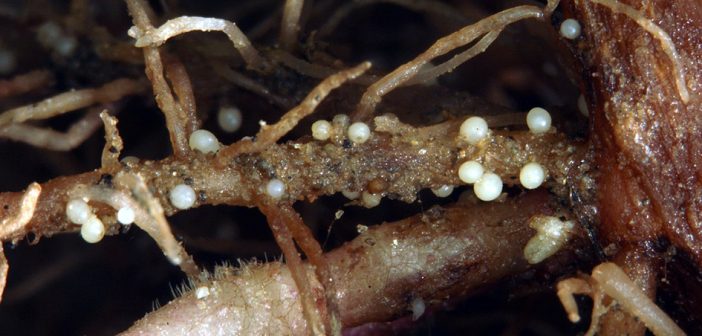With resource efficiency topping the agenda at this year’s Anuga FoodTec show, HRS Heat Exchangers is shining a light on a forgotten area of wastage in food processing – food lost during cleaning cycles and production changes. The HRS R Series of scraped surface heat exchangers removes food residue, meaning that food factories can now recover valuable product from the exchanger when heating, cooling or pasteurising viscous/sticky foods.
HRS International Sales & Marketing Director Matt Hale explains: “Normally, when processing viscous food products such as honey, syrups and purées, a certain amount will adhere to surfaces, such as the inside of pipe work, or become left in equipment after processing. The value of these lost products soon adds up. For example, this issue is estimated to account for 3% of product losses in the US dairy industry1.”
Globally some 5% of food loses occur during processing, although this varies according to region. In European countries the average figure is around 5% but this rises to 9% in North America2. To put this into context, that’s 4.1 million tonnes of food being lost during processing each year in the UK alone3. The sectors with the highest waste levels are dairy, animal and meat processing, fruit and vegetable processing and the manufacture of oils and fats4.
Traditionally flushing or so-called ‘pigging systems’ have been used to push product through key parts of the production system, like heat exchangers. However, both add complexity to the system and can result in high levels of product wastage. However, running a suitable scraped-surface heat exchanger, such as the HRS R Series, in reverse, enables the recovery of material without the need for such additional equipment.
The HRS R Series scraped surface heat exchanger is capable of removing much of the product before the cleaning or change-over cycle commences. This is made possible thanks to a scraper bar within each inner tube which enhances product flow; prevents fouling during operation and minimises the pressure drop. The scraper bar features a helical screw which rotates at high speed. When configured correctly, this screw can be run in reverse, removing product from the heat exchanger tubes without damaging it or changing its characteristics. The R-Series can be configured for both horizontal and vertical operation, so that gravity can also be used to help recover product from the tubes. Each unit can be supplied with one, three or six tubes and multiple units can be combined for larger installations.
“The R Series is particularly suitable for high value viscous products such as honey, treacle, custards and creams, where lost product can be expensive,” adds Matt. “The R Series can be emptied of the majority of the product without the need for any additional pumps or pressure systems, reducing both capital- and running-costs.”

Learn about the benefits of the HRS R Series on Stand D069 in Hall 10.2.
Originally posted at PandCT.com on 5 February 2018.







